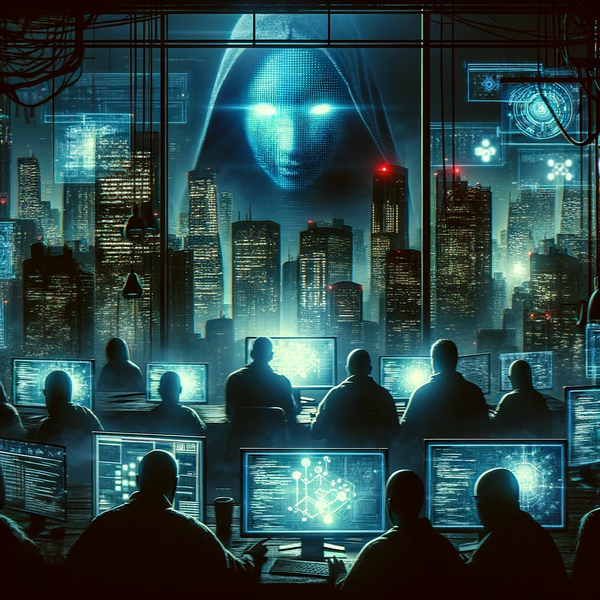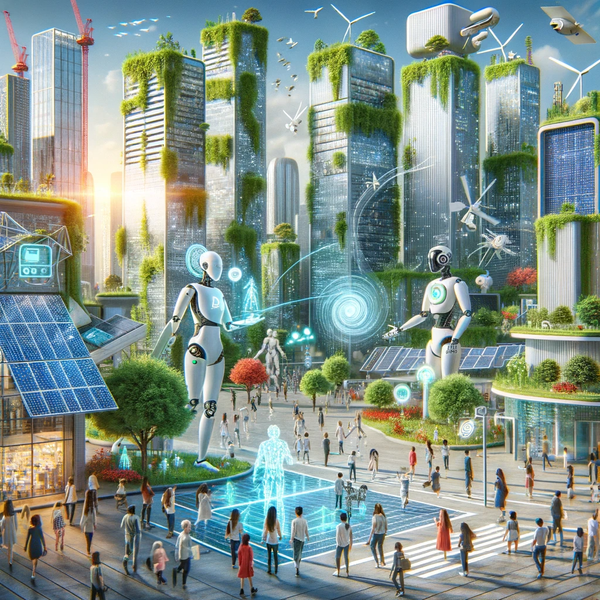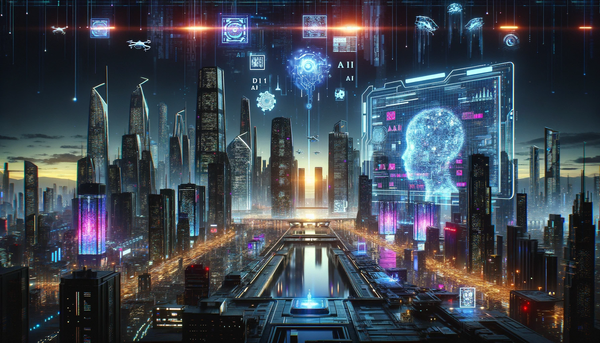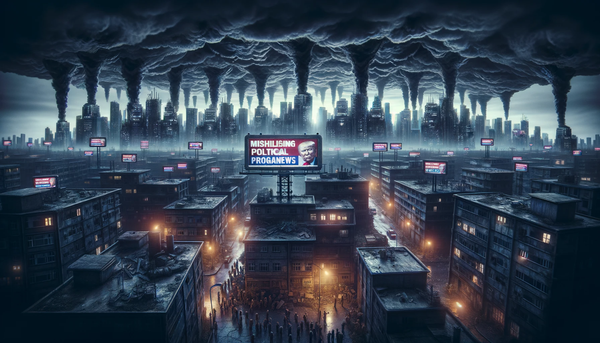"What Is Real?" Navigating AI's Shadows with ChatGPT and Beyond
In an era defined by AI tools like ChatGPT and Google Pixel, the line between reality and digital mimicry blurs. As captivating as Google Bard's tales might be, distinguishing genuine human experiences from AI's creations has become our pressing challenge.
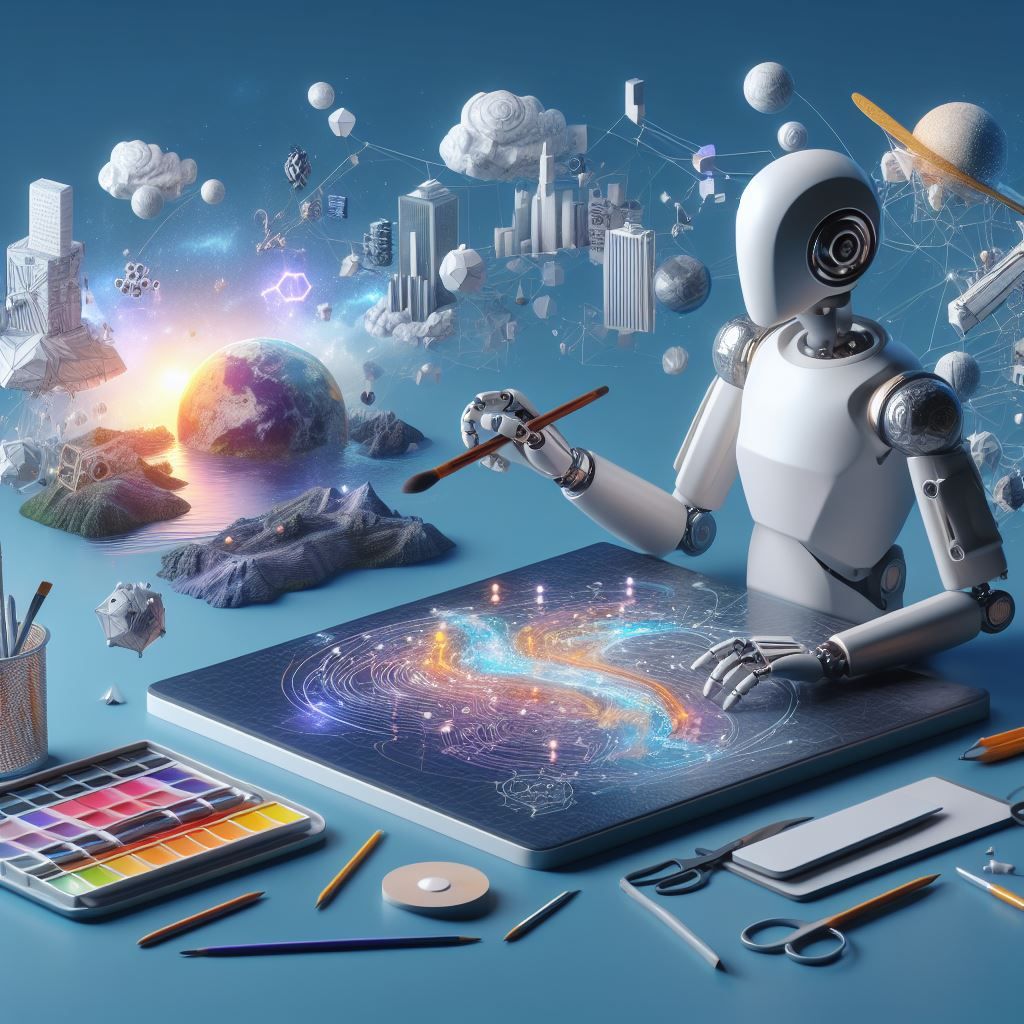
The Dawning of AI's Power
Once upon a time, reality was straightforward. Photographs, captured memories, and handwritten letters were symbols of truth. Now, enter AI — a force that challenges the very essence of reality. Tools like Bing Image Creator and the famed Google Pixel camera paint vivid pictures, but how do we discern truth from digital deception?
ChatGPT and Bing Chat: A Conversation with Shadows
Conversations, the bedrock of human connection, are no longer just between people. ChatGPT and Bing Chat, with their eerily lifelike responses, introduce a new era of communication. If you're chatting with someone, how can you be sure they're human? The line between human and AI grows fainter. The charm of a genuine human touch, with all its imperfections, might soon be overshadowed by the calculated precision of AI.
Google Bard's Tales: When Fiction Feels Real
Everyone loves a good story, and stories shape our understanding of the world. But what happens when AI, like Google Bard, starts spinning tales? These tales, so intricately designed, might soon become indistinguishable from real-life experiences. What's to stop our history, our truths, from being rewritten by lines of code?
The Mirage of Bing Image Creator and Google Pixel
Our belief in the visual has always been steadfast. "Seeing is believing," they said. But in an age where Bing Image Creator can fabricate lifelike images and the Google Pixel can capture, edit, and enhance moments, what becomes of our trust in the visual realm? When every image can be manipulated, where do we anchor our trust?
The Concerns: Losing Touch with Reality
My deep-rooted concerns lie in this very disintegration of the 'real'. AI advancements, while revolutionary, carry the risk of alienating us from the authentic human experience. The laughter of a child, the emotions captured in a handwritten letter, the rawness of human interaction — these could all become relics of the past, overshadowed by AI's glossy perfection.
Furthermore, the implications for history, personal identity, and truth are profound. When ChatGPT can replicate our speech and Bing Image Creator our visuals, how do we retain our unique human signature? How do we hold onto the tangible, raw, and unfiltered fragments of life?
The Path Ahead: Treading with Caution
Understanding the power and reach of AI is crucial for those unfamiliar with its depths. While the marvels of tools like Google Pixel and Bing Chat are undeniable, it's essential to approach them with a critical mind. We must question, verify, and remain vigilant.
For the uninitiated, imagine a painter with an infinite palette. AI has that infinite palette, with colors we've never seen, and it paints pictures so captivating that they can make the real world seem dull in comparison. But remember, no matter how beautiful the painting, it remains a representation, not the genuine article.
In conclusion, as we stand at the crossroads of a world augmented by AI, a world where ChatGPT chats and Google Bard tales might become daily norms, we must hold onto our sense of reality. We need to cherish the authentic, the tangible, and the unmistakably human. Because in a world where AI can create anything, the challenge lies not in marveling at its creations but in discerning the real from the rendered.
